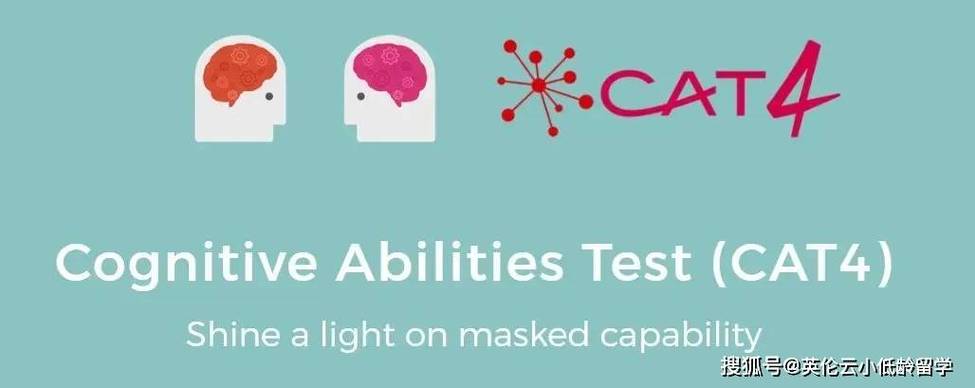Understanding the OM Assessment: A Comprehensive Guide
The OM Assessment, also known as the Organizational Maturity Assessment, is a tool designed to evaluate the level of maturity within an organization. It provides insights into how well an organization is structured, how it operates, and how it can improve its performance. This guide will delve into the various dimensions of the OM Assessment, helping you understand its significance and how it can benefit your organization.
What is the OM Assessment?
The OM Assessment is a structured process that evaluates an organization’s maturity across several dimensions. It is typically conducted by a team of experts who analyze the organization’s processes, systems, and culture. The assessment aims to identify areas of strength and areas that require improvement, ultimately helping the organization to enhance its overall performance.

Dimensions of the OM Assessment
The OM Assessment covers several key dimensions, each of which plays a crucial role in the organization’s success. Let’s explore these dimensions in detail:
1. Structure
The structure dimension of the OM Assessment evaluates how well the organization is organized. This includes analyzing the hierarchy, reporting lines, and the division of responsibilities. A well-structured organization ensures that tasks are assigned efficiently, and there is a clear understanding of roles and responsibilities.
2. Processes
The processes dimension focuses on the efficiency and effectiveness of the organization’s operational processes. This includes analyzing how tasks are performed, the tools and technologies used, and the overall workflow. Identifying bottlenecks and inefficiencies in processes can help organizations streamline their operations and improve productivity.
3. Systems
The systems dimension of the OM Assessment examines the organization’s information systems, communication channels, and technology infrastructure. A robust system ensures that information flows smoothly, and employees can access the resources they need to perform their jobs effectively.

4. Culture
The culture dimension evaluates the organization’s values, beliefs, and norms. A positive and supportive culture fosters innovation, collaboration, and employee engagement. The assessment helps identify any cultural barriers that may hinder the organization’s performance and suggests ways to address them.
5. Leadership
The leadership dimension of the OM Assessment focuses on the effectiveness of the organization’s leadership. This includes evaluating the leadership style, decision-making processes, and the ability to inspire and motivate employees. Effective leadership is crucial for guiding the organization towards its goals and ensuring its long-term success.
6. Strategy
The strategy dimension examines the organization’s strategic planning and execution. This includes analyzing the organization’s vision, mission, and goals, as well as its strategic initiatives. A well-defined and effectively executed strategy ensures that the organization remains competitive and adaptable to changing market conditions.
Benefits of the OM Assessment
Conducting an OM Assessment can bring several benefits to an organization:
-
Improved performance: Identifying areas of improvement allows organizations to enhance their efficiency and effectiveness.
-
Increased employee engagement: A positive and supportive culture fosters employee satisfaction and commitment.
-
Enhanced decision-making: A well-structured organization with robust systems enables better-informed decision-making.
-
Increased adaptability: A mature organization can respond more effectively to changes in the market and industry.
How to Conduct an OM Assessment
Conducting an OM Assessment involves several steps:
-
Define the scope: Determine the areas of the organization that will be assessed.
-
Assemble a team: Form a team of experts who will conduct the assessment.
-
Collect data: Gather information about the organization’s structure, processes, systems, culture, leadership, and strategy.
-
Analyze the data: Evaluate the collected data to identify strengths and areas for improvement.
-
Develop an action plan: Create a plan to address the identified areas for improvement.
-
Implement the action plan: Execute the plan and monitor progress.
Conclusion
The OM Assessment is a valuable tool for organizations looking to improve their performance and achieve long-term success. By evaluating the various dimensions of an organization, the assessment helps identify areas of strength and areas that require improvement. By implementing the recommended changes, organizations can enhance their efficiency, effectiveness, and adaptability, ultimately leading to greater success.



